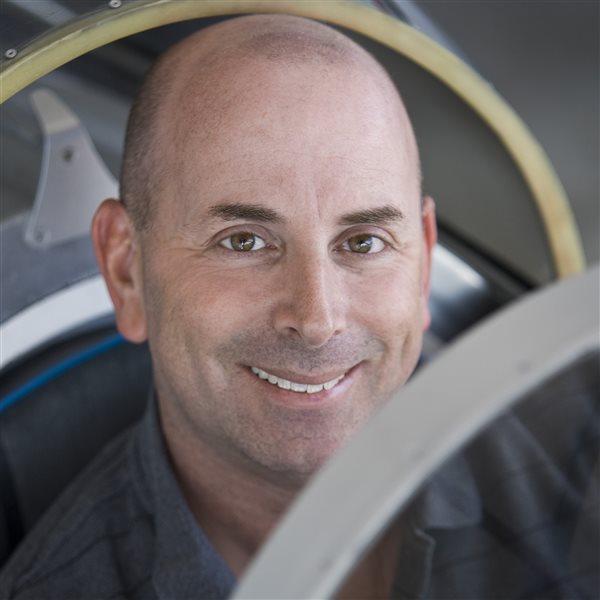Unusual Attitude: Creatures of habit

[email protected]
But doing things by rote, time after time, has a downside. Mindless repetition can put our brains on autopilot, dull our senses, and distract us from important tasks.
Here’s a case in point: I was recently checking out a fellow CFI in a new-to-him airplane—a very basic Piper Cub—and, as part of that process, had him perform a series of touch-and-go landings. The landings themselves were fine. They were well within tolerances, as I expected from this highly experienced pilot with loads of tailwheel time.
But every time we were on downwind approaching the base turn, he reminded me to ensure that my seatbelt harness was properly fastened. I was OK with it the first time he asked, but slightly annoyed the second time. When he told me to buckle up a third time, I barked at him.
From my seating position directly behind him, I put both hands on his shoulders and told him, gently but firmly, that if he told me to fasten my seatbelt again, I’d strangle him.
“What’s the problem?” he protested. “It’s on my prelanding checklist, and I tell my students to ask that question before every landing. Because of that, I make sure and do it myself, too.”
Consistency and strict checklist discipline are admirable, but robotic repetition of irrelevant items isn’t.Consistency and strict checklist discipline are admirable, but robotic repetition of irrelevant items isn’t—and this, to me, seemed like useless clutter. Especially since the question already had been asked and answered.
“Tell you what,” I said. “I’ll let you know if I ever decide to remove my seatbelt in flight.”
I regretted snapping at a fellow pilot’s innocent question, but it got under my skin because it reminded me of other brain-dead things pilots do just because they’re written down somewhere.
Another fellow pilot (a longtime friend and colleague) used to tell me during every run-up in his airplane to “extinguish all smoking materials.” I let it go the first few times we flew together, but I finally couldn’t take it any longer.
“Look, you know me,” I protested. “You know I don’t smoke, and I never have smoked. So why do you tell me to put out my cigarette every time we’re about to take off?”
He shrugged and pointed to a checklist item that he was reading verbatim. There it was in black and white. How could I possibly find fault with that?
Easy. Engage your brain. Use common sense, and act like a pilot in command—not a list-reading automaton.
The checklist in a Bonanza I sometimes fly says to check the vacuum suction gauge and turn off the air conditioning before takeoff. Fair enough, except this particular glass-panel airplane doesn’t have a vacuum pump, or an air conditioner. The checklist should have been modified to reflect the changes that have been made to the avionics system, but it hasn’t. So, obviously, there’s no reason to read those irrelevant items out loud—just like there’s no need to tell a nonsmoker to put out the cigarette he doesn’t have, or a fellow pilot to fasten the seatbelt he’s already confirmed that he’s wearing.
Flying is hard enough when you only do the myriad tasks you actually need to do. There’s no reason to make it harder by adding needless busywork that gives the illusion of adding safety without actually doing that.

